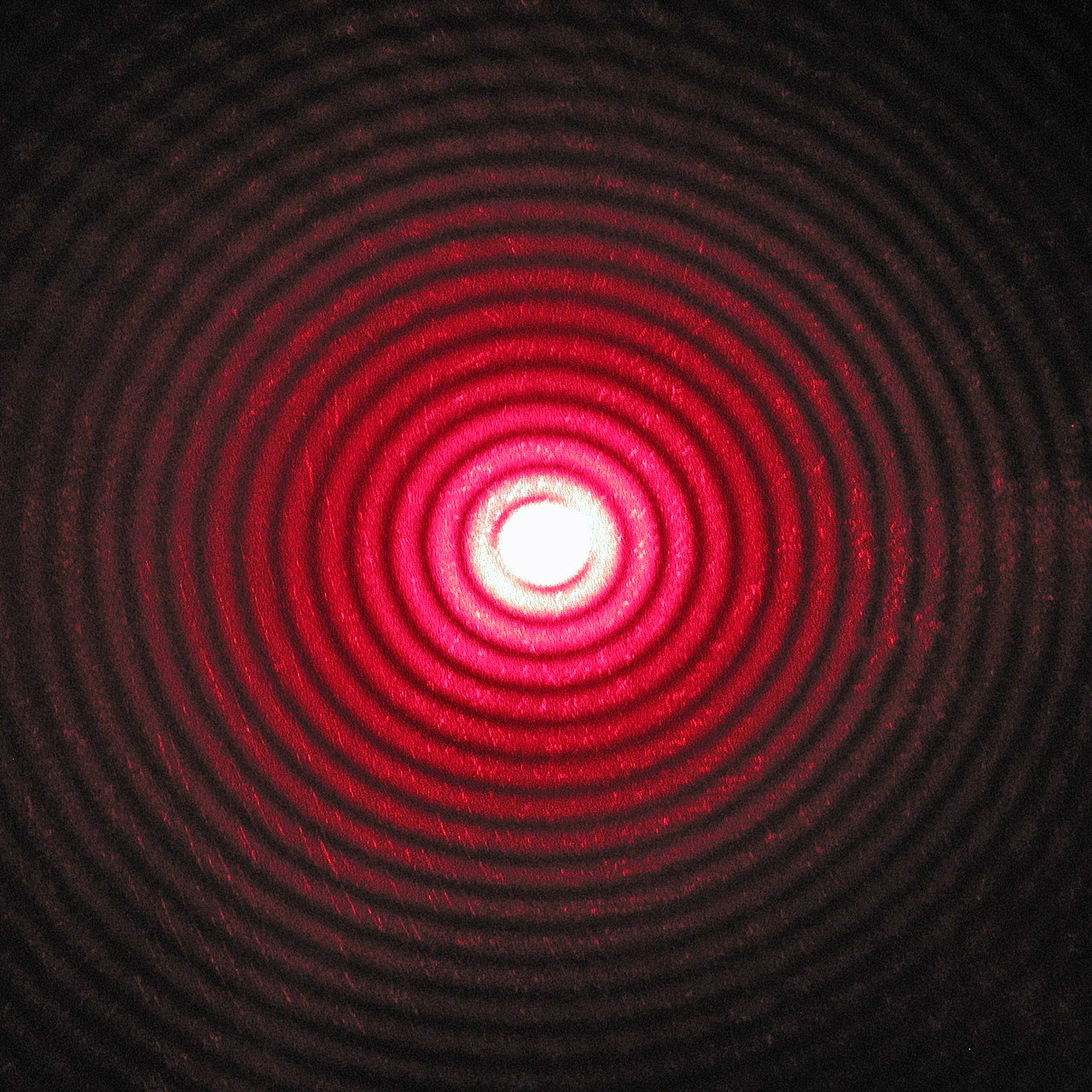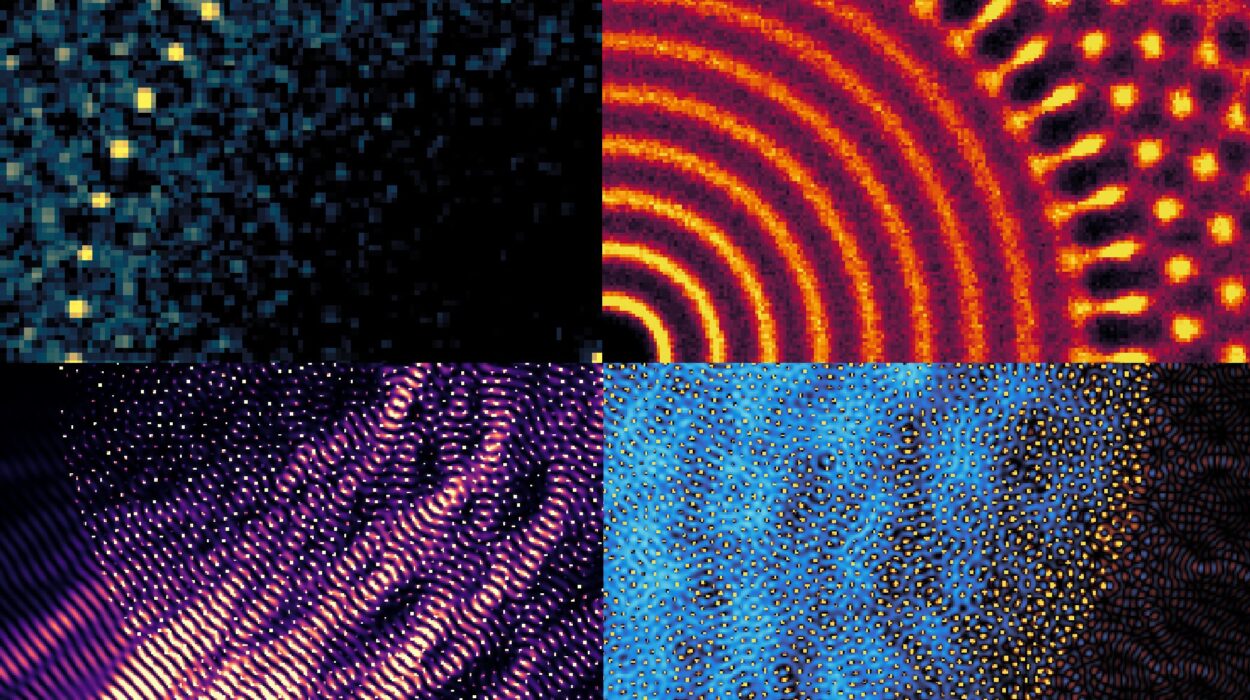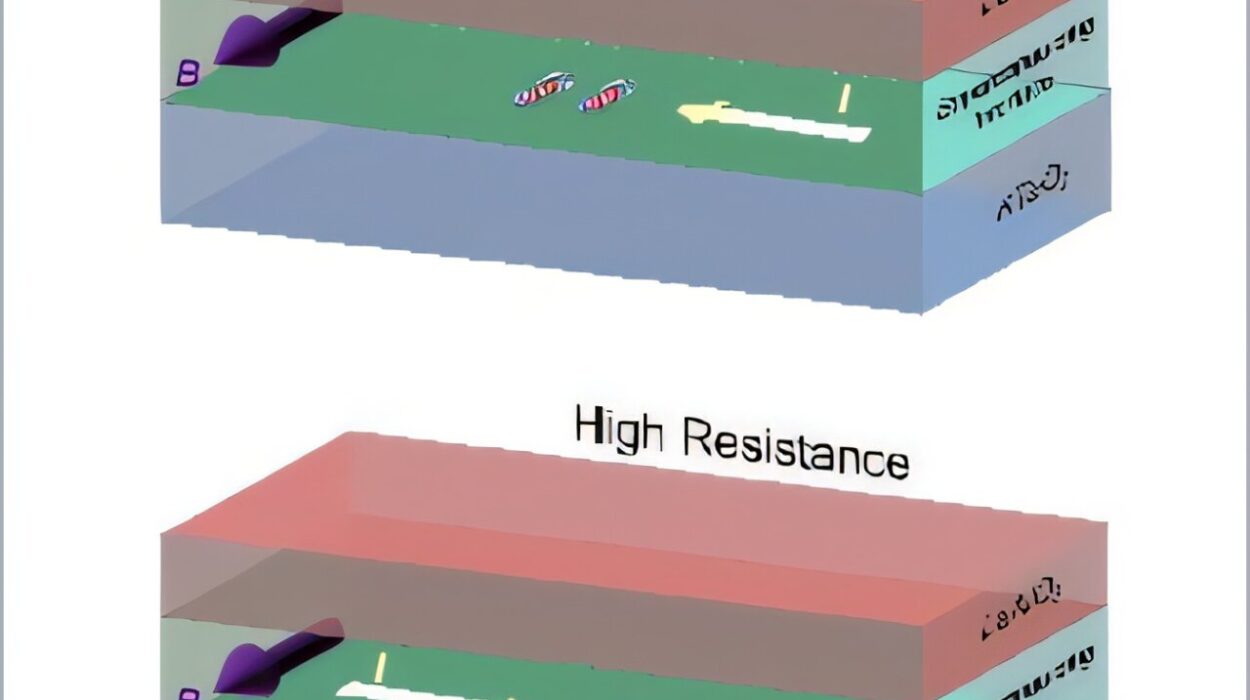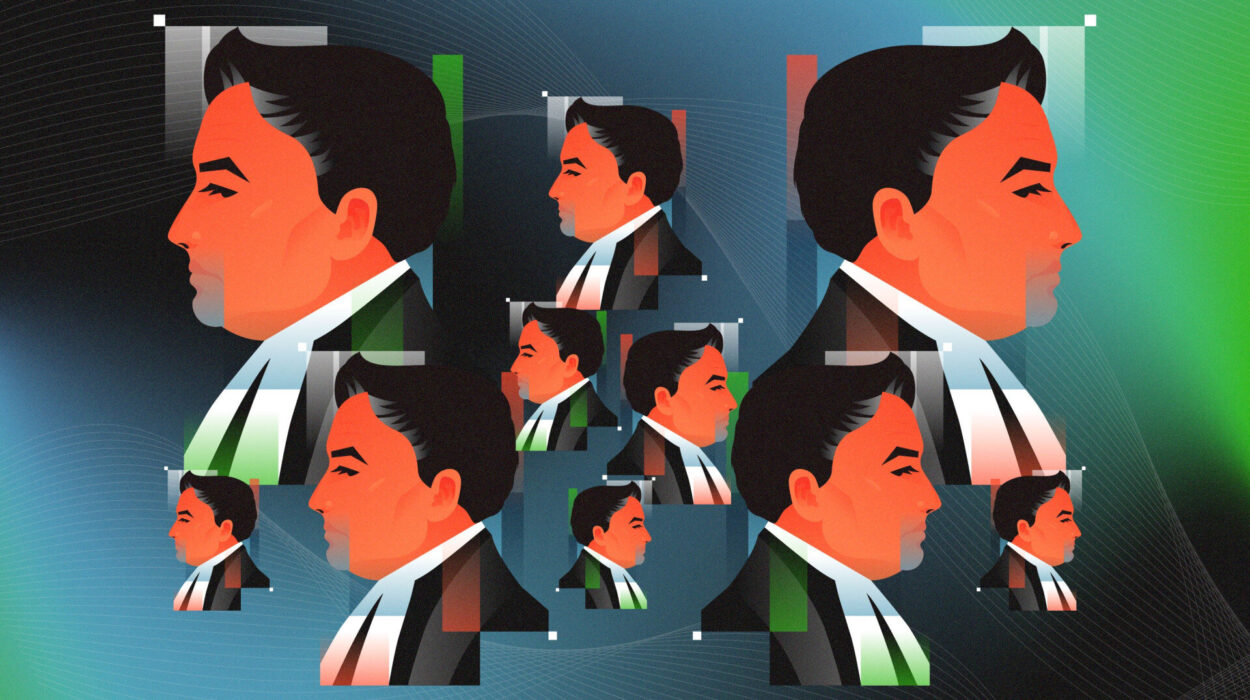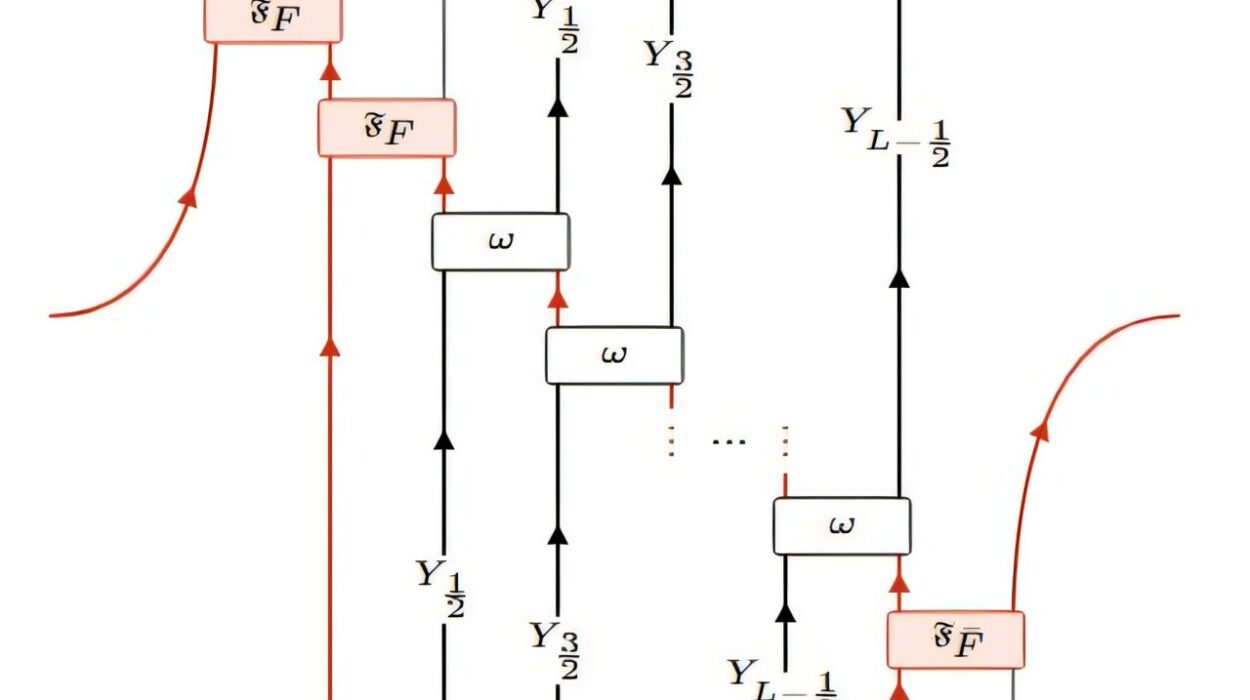In our everyday lives, we tend to think of light as traveling in straight lines, like soldiers marching in perfect formation. We believe sound moves predictably from a source to our ears. But the universe doesn’t always conform to such neat expectations. In fact, waves—whether of light, sound, or even matter—can behave in astonishingly intricate ways. One of the most mesmerizing and mysterious of these behaviors is diffraction.
Diffraction is the phenomenon where waves bend, spread, or interfere when they encounter an obstacle or pass through a narrow opening. The effect is subtle yet profound. It’s the reason you can hear someone calling from around a corner, the reason rainbows seem to shimmer off the surface of a DVD, and even the key to why electrons exhibit wave-like behavior. Though its effects can be delicate, diffraction lies at the heart of understanding the wave nature of the universe.
In this journey into the physics of diffraction, we’ll unpack the principles behind it, the experiments that revealed it, the mathematics that describe it, and the staggering array of applications that hinge on this subtle but powerful wave behavior.
Understanding Waves: The Backbone of Diffraction
Before we dive into diffraction itself, it’s crucial to understand the nature of waves. A wave is a disturbance or oscillation that transfers energy through space or a medium. There are many types of waves—mechanical waves like sound and water waves, electromagnetic waves like light and radio waves, and even quantum mechanical waves associated with particles like electrons.
Waves have several essential properties: wavelength (the distance between two wave peaks), frequency (how many wave peaks pass a point per second), amplitude (the height of the wave), and velocity (the speed at which the wave travels). These properties define how a wave behaves when it interacts with its environment. When a wave encounters an edge, a slit, or an obstacle, its path is disrupted, and it reacts in ways that challenge our intuitive understanding of motion. That’s where diffraction enters the stage.
The Basic Concept: What Is Diffraction?
At its core, diffraction refers to the bending and spreading of waves when they encounter an obstruction or pass through a narrow gap. It is most noticeable when the size of the obstacle or opening is comparable to the wavelength of the wave.
If a wave hits a wall with a narrow slit, you might expect it to simply shoot through in a straight line, like a tennis ball hurled through a hole. But that’s not what happens with waves. Instead, the wave spreads out on the other side, forming concentric arcs or even complex interference patterns depending on the configuration. This spreading is diffraction.
Diffraction occurs with all types of waves. Sound waves can diffract around buildings and corners, allowing us to hear someone even when we cannot see them. Water waves spread when they move through a gap in a barrier. Light waves, although typically with very short wavelengths, can also diffract—especially when interacting with tiny structures or narrow slits.
The Historical Roots: From Grimaldi to Young
Diffraction was first observed and described in the 17th century by Italian scientist Francesco Maria Grimaldi, who coined the term “diffraction” from the Latin diffringere, meaning “to break apart.” He noticed that light passing through a small aperture did not simply form a sharp spot but instead spread and created fringes of light and dark bands. This was perplexing, as the prevailing Newtonian view of light as a stream of particles couldn’t explain it.
The next leap came with Thomas Young in the early 19th century. His famous double-slit experiment, conducted in 1801, showcased how light passing through two closely spaced slits creates an interference pattern of bright and dark bands on a screen. This pattern could only be explained if light were behaving as a wave, with the waves from each slit overlapping and interfering constructively and destructively.
Young’s results dealt a serious blow to Newton’s particle theory of light and gave strong support to the idea that light had wave-like properties. Diffraction was no longer a curiosity; it became a cornerstone of wave theory.
Huygens’ Principle: The Key to Understanding Diffraction
One of the most elegant explanations of diffraction comes from Huygens’ Principle, proposed by Dutch physicist Christiaan Huygens in the late 1600s. He suggested that every point on a wavefront can be thought of as a source of new spherical wavelets. As these wavelets spread out, they interfere with one another to form a new wavefront.
This principle beautifully explains how a wave can bend around corners and through openings. When part of a wave passes through a slit, each point in the slit becomes a source of new wavelets. These wavelets spread and overlap, producing the diffraction pattern observed on the other side.
Huygens’ Principle forms the conceptual backbone of much of modern wave physics. It predicts not just the existence of diffraction but the shapes and intensities of the patterns it produces.
The Mathematics of Diffraction: A Dance of Interference
While the concept of diffraction can be visualized, fully understanding it requires a dive into mathematics. The interference patterns created by diffraction are not random but follow precise rules governed by the wave equation.
When a wave passes through a single narrow slit and diffracts, it forms a central bright band (called the central maximum) and a series of dimmer bands on either side. These result from constructive and destructive interference of the wavelets emitted from different parts of the slit. Mathematically, the condition for a minimum (dark band) is given by the equation:
a sin(θ) = mλ
Here, a is the width of the slit, θ is the angle of the minimum from the central axis, m is an integer (±1, ±2, …), and λ is the wavelength of the wave.
In the double-slit configuration, the equation becomes:
d sin(θ) = mλ
Where d is the distance between the slits. This equation tells us where the bright and dark bands will appear on a screen. It shows how the interference—and thus the diffraction pattern—is dependent on the wavelength, slit spacing, and angle.
Diffraction and the Wave-Particle Duality
One of the most mind-bending implications of diffraction is how it challenges the distinction between particles and waves. In the early 20th century, scientists began discovering that particles like electrons also produced diffraction patterns when passed through slits or around obstacles. This behavior was first observed by Clinton Davisson and Lester Germer in 1927, when electrons were diffracted by a crystal surface.
Their experiment confirmed the idea proposed by French physicist Louis de Broglie, who suggested that all matter exhibits wave-like behavior. The resulting interference patterns from electrons could only be explained if they had a wavelength and could diffract like light.
This led to the development of quantum mechanics, where particles are described not by definite positions and velocities, but by wavefunctions—mathematical expressions that describe a spread of probabilities. Diffraction in quantum systems, such as electrons, neutrons, or even entire molecules, continues to be an active area of research, shedding light on the fundamental nature of reality.
Real-World Manifestations: Where You’ve Seen Diffraction
Though it often escapes notice, diffraction is everywhere. One of the most familiar examples is the colored patterns you see on a CD or DVD. These discs act as diffraction gratings, with closely spaced tracks that cause light to interfere and spread into its component colors, much like a prism.
Another example is sound. If you’re standing in a hallway and someone speaks to you from behind a corner, you can still hear them despite not seeing them. This is because sound waves, which have much longer wavelengths than light, can diffract around the corner and reach your ears.
In optics, diffraction limits the resolution of microscopes and telescopes. The finer the detail you wish to observe, the more you must combat or exploit diffraction. Engineers design diffraction gratings—devices with thousands of tiny lines per millimeter—to precisely manipulate light in spectrometers and lasers.
Even in biology, diffraction plays a vital role. X-ray diffraction was the technique used by Rosalind Franklin and others to uncover the double-helix structure of DNA. When X-rays interact with a crystalline molecule, the resulting diffraction pattern reveals the molecule’s internal structure.
The Diffraction Limit: Nature’s Optical Boundary
One of the most important implications of diffraction is that it places a fundamental limit on how precisely we can image or resolve objects. This is known as the diffraction limit. In optics, it determines the smallest detail that a lens or microscope can resolve.
The diffraction limit is directly related to the wavelength of light and the aperture of the observing device. Shorter wavelengths and larger apertures result in finer resolution. This is why electron microscopes, which use electron waves with extremely short wavelengths, can reveal much smaller details than optical microscopes.
Modern technologies such as super-resolution microscopy aim to overcome the diffraction limit using clever tricks like stimulated emission or patterned illumination. These techniques have revolutionized biological imaging, even earning Nobel Prizes for the scientists behind them.
Diffraction in Quantum and Modern Physics
In quantum physics, diffraction continues to play a central role. It confirms the wave nature of particles and is used in instruments like neutron diffraction spectrometers to probe the atomic structures of materials. More exotic experiments involve the diffraction of large molecules, such as fullerenes (C60), revealing wave-like behavior at scales once thought to be impossible.
In cutting-edge research, scientists are exploring diffraction patterns in gravitational waves, and even examining how diffraction might occur in Bose-Einstein condensates, where matter behaves as a single quantum wave. As quantum mechanics advances into the era of quantum computing and ultra-precise sensors, diffraction remains a fundamental phenomenon that must be understood and harnessed.
Conclusion: The Beauty in the Bend
Diffraction is one of those rare phenomena that elegantly links the visible with the invisible, the classical with the quantum, and the practical with the profound. It’s not just a quirky trick of light or sound—it’s a window into the wave nature of reality itself.
From the shimmer of light through a narrow slit to the intricate structure of DNA, from the hum of music around a corner to the unfurling mysteries of quantum matter, diffraction is everywhere. It reminds us that waves do not simply travel—they dance, they spread, they interact, and in doing so, they reveal the intricate architecture of the universe.
So next time you notice a halo around a streetlight on a foggy night, or marvel at the rainbow glint of a compact disc, remember: you’re witnessing diffraction—a gentle bend in the journey of a wave that offers profound insight into the nature of everything.
